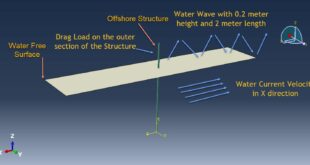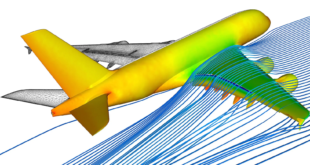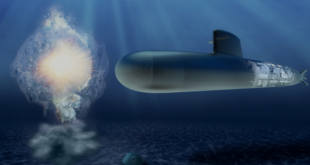In this tutorial, the Simulation hollow-core slab under fire conditions and four-point bending in Abaqus has been investigated. Precast/prestressed concrete hollow core (PCHC) slabs with a reduction in self-weight due to longitudinal voids, and without shear reinforcement due to the extrusion method are most susceptible to shear failure. When subjected to shears, hollow-core slabs commonly failed in a critically brittle manner with the formation of web-shear cracks. In the event of a fire, the shear behavior of PCHC slabs are governed by the temperature-reduced material properties of concrete and strands, and thermal stresses due to a temperature gradient over the depth of the hollow-core sections. You can see a figure of the assembled parts below
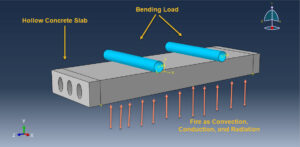
All heat transfer methods such as Conduction, Convection, and Radiation are used.
Conduction heat transfer is the transfer of heat through matter (i.e., solids, liquids, or gases) without bulk motion of the matter. In another ward, conduction is the transfer of energy from the more energetic to less energetic particles of a substance due to interaction between the particles
Convection. Convective heat transfer is heat transfer between two bodies by moving gas or fluid currents. In free convection, air or water moves away from the heated body as the warm air or water rises and is replaced by a cooler parcel of air or water.
Radiation heat transfer is the energy that is emitted by matter in the form of photons or electromagnetic waves. Radiation can be important even in situations in which there is an intervening medium. An example is the heat transfer that takes place between a living entity with its surroundings.
Both sequential and direct methods can be used to model fire analysis and bending test, in this model the direct method is selected. All proper boundaries and contacts are assigned to all parts
After the analysis, all results such as temperature, stress, strain, force-displacement diagram, and others are available. You can see some figures for the results below
You can provide CAE, INP, and English video files of this simulation here. The cost of these files is Thirty Euros. you can click on the bellow bottom to begin the process
You can purchase the tutorial through a PayPal account, a Visa, or a Master card, just before payment, send me an email to this address: karampourp@gmail.com

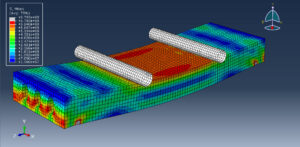
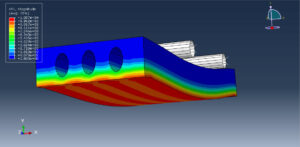
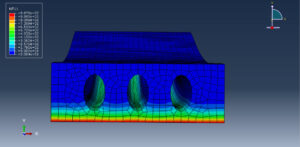
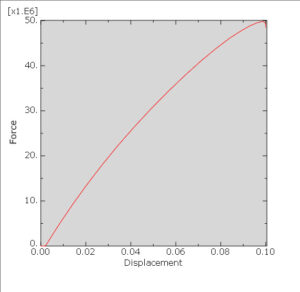
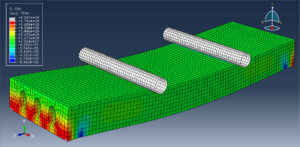
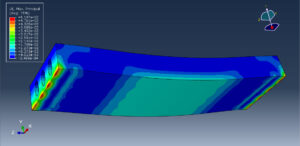
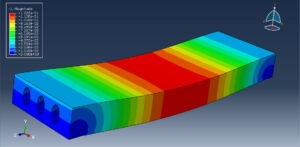
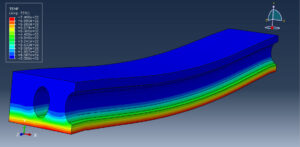
 Abaqus tutorials Abaqus tutorials
Abaqus tutorials Abaqus tutorials
